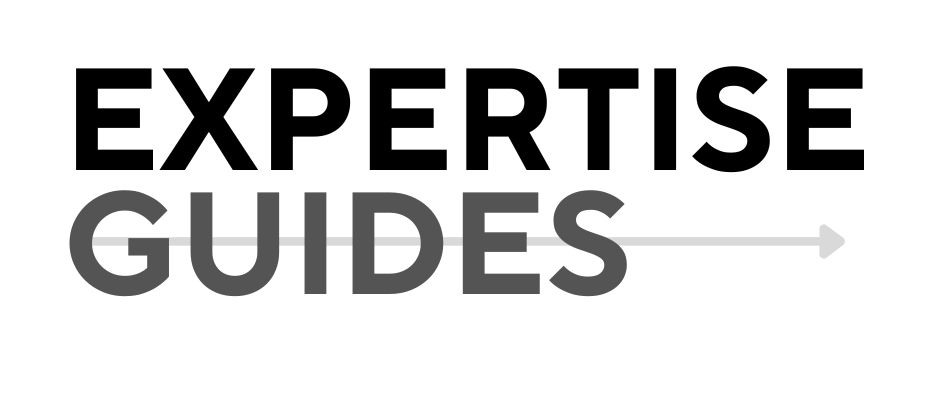Summary: Discover how alignment can turn your organization’s challenges into opportunities, driving growth and sustaining competitive advantage in dynamic markets.
Information Type: Guidebook
In today’s fast-paced markets, misalignment can feel like a treadmill—frustrating and exhausting, yet leading nowhere. For mid-to-large organizations, particularly those experiencing rapid growth or transformation, the consequences are significant. Missed opportunities, inefficiencies, and strategic misfires become all too common when internal teams are not aligned.
Introduction: The Hidden Cost of Misalignment
The frustration of missed opportunities is palpable among leaders feeling the strain of misalignment. Imagine the ripple effect—departments working in silos, miscommunications derailing projects, and potential innovations stifled before they even begin. Traditional approaches, often rigid and outdated, fail to address the fluid dynamics of modern markets. Recognizing these challenges is the first step toward leveraging alignment as a competitive advantage.
Decoding the Alignment Challenge
Misalignment is often misunderstood, with many believing it to be a simple matter of miscommunication or lack of leadership. However, the issue runs deeper, affecting performance at multiple levels. Data shows that companies with strong alignment enjoy a significant boost in performance metrics (Source: McKinsey, 2022). Take, for instance, a tech company that revamped its strategy, aligning its culture and roles, leading to a 30% increase in productivity.
The Alignment Advantage: Reframing Your Approach
To fully harness the benefits of alignment, organizations must shift from static to dynamic strategies. This involves embracing data-driven insights to tailor alignment efforts and connect them directly to business outcomes. By doing so, companies can turn alignment into a tangible asset, driving innovation and efficiency.
Implementing the Alignment Catalyst Framework
- Diagnostic Assessment: Begin with the Culture and Role Alignment Index to identify misalignment root causes.
- Developing a Tailored Strategy: Craft a strategy that addresses specific alignment challenges and leverages organizational strengths.
- Executing Initiatives: Implement alignment efforts with clear, measurable milestones to track progress and success.
- Continuous Monitoring: Regularly assess and adjust strategies to maintain alignment and respond to market changes.
Conclusion: Your Roadmap to Sustained Competitive Advantage
Recap the journey—understanding the cost of misalignment, decoding its complexities, and implementing a strategic framework. Immediate action steps include conducting a diagnostic assessment and developing a tailored alignment strategy. The transformative power of alignment lies in its ability to turn internal challenges into strategic advantages, driving sustained growth in rapidly changing markets.
Discover how alignment can revolutionize your organization’s approach to growth. Follow us for more insights, share your experiences in the comments, and pass this article along to peers who might benefit.


